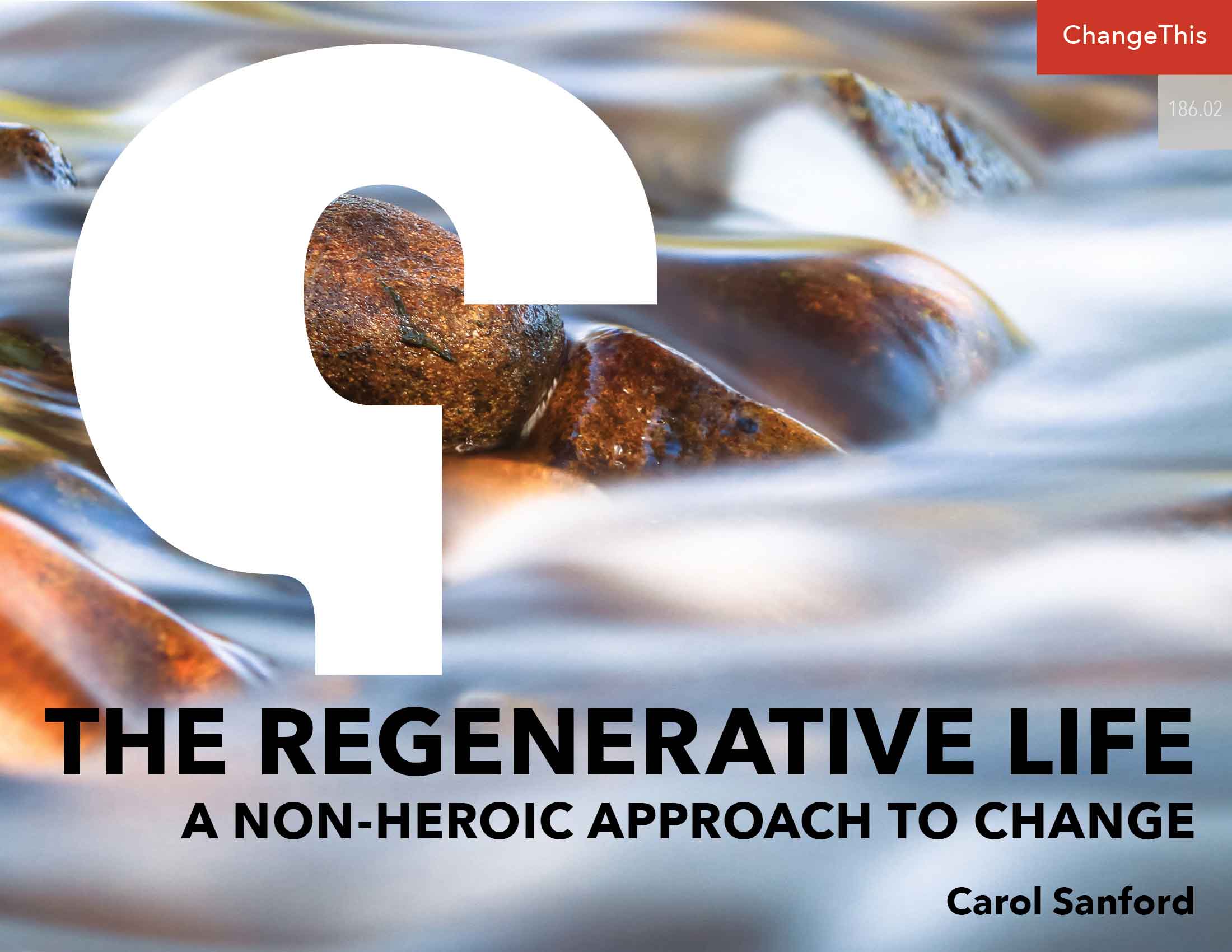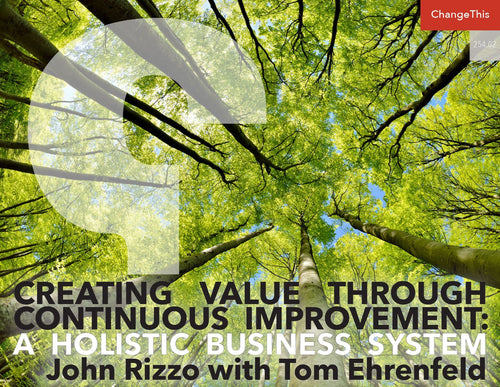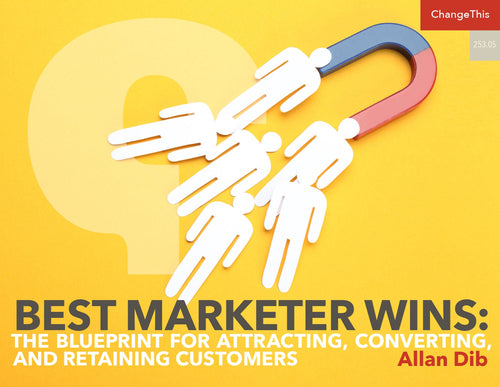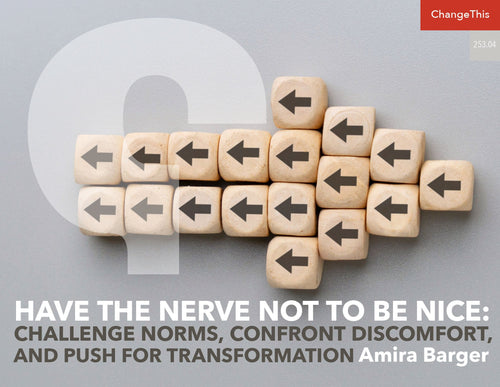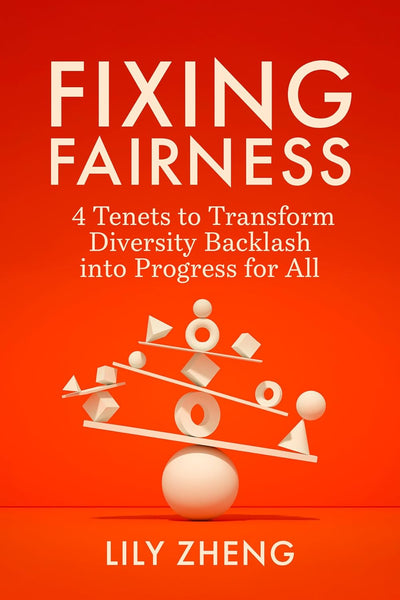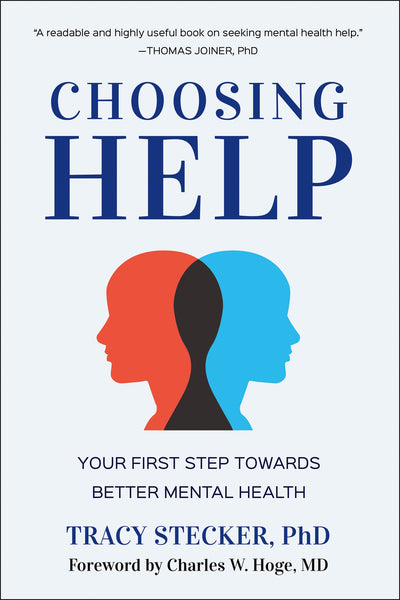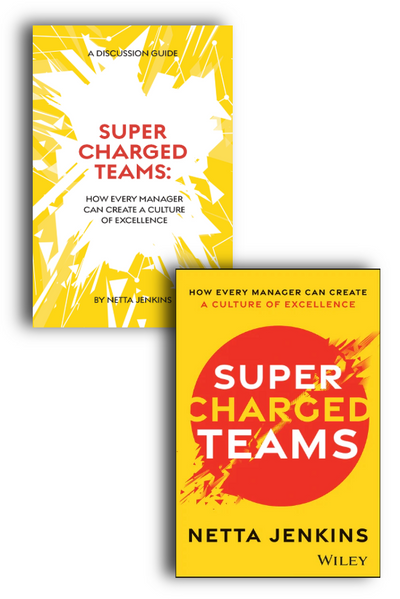The Regenerative Life: A Non-Heroic Approach to Change
I believe that most of us grow up with a pretty limited understanding of what it takes for an individual to create real change in the world.
I base my belief on three basic narratives that I see repeated over and over. The first is the hero hypothesis—to save the day, a person needs to be superior, endowed with extraordinary skill and resources, staunchly committed to carrying the banner, fighting the good fight, and rousing the world out of its torpor, so that it lives up to the ideals they hold for it. The second is that, if we can’t be a hero, then we need to find and follow a heroic leader, a charismatic someone who inspires us to pursue an ideal. The third is that if we are as good as we can be, if we work long hours, recycle and compost, vote and donate, and especially if we are kind to dogs and children, then everything will be fine in the end.
Personally, I don’t think we need more heroes or authorities. Those are storylines that reinforce the egoistic delusion that people are isolated actors who through sheer force of will can bend the world to their visions. By definition, only a few of us can be heroes, geniuses, or saints, which means that the rest of us are just clay waiting to be molded. What a terrible waste of human potential, spirit, intelligence, and creativity! It’s interesting to note how easily we devalue ourselves and other people when we adopt a heroic mode.
BEING NON-HEROIC
I introduce the idea of the non-heroic journey as an antidote to heroic psychology. Heroism is sometimes necessary in emergencies, but it is always counterproductive to making enduring change. The Chinese philosopher Lao Tzu wrote, “Water is fluid, soft, and yielding. But water will wear away rock, which is rigid and cannot yield. As a rule, whatever is fluid, soft, and yielding will overcome whatever is rigid and hard. … This is another paradox: what is soft is strong.”
The non-heroic path is a journey. It comes from learning how to live one’s life and play one’s roles in ways that are designed to create change. It doesn’t get turned on with a surge of adrenaline and turned off again with a burst of over-the-top action. It is slow, steady, cumulative, and powerful, like water shaping rock. It depends on coming to know ourselves, understanding how our minds work, and learning to shape and direct creative energies.
Non-heroism happens in everyday life, with all of the imperfections and incompleteness that are simply part of being human. You don’t need to sacrifice the things you love or give up the ordinary joys of having a job, family, and neighbors. Non-heroic undertakings need not be grandiose to make a profound difference. What they require is an ability to see how the work we are doing—any work we are doing—can play a critical role within society. Our effects can be direct, through the influence we have on social institutions, or indirect, by preparing others (for example, our children) to play their roles. When we understand our role, it becomes possible to work at the level of home, classroom, entrepreneurial business, or neighborhood to create the better society for which we all long.
My new book, The Regenerative Life, is founded on what Gandhi suggested we do; Be the Change we want to see in the World. But how does one do that? The Regenerative Life looks at nine nodal roles that, if engaged from a Regenerative Philosophy, will not only change the person carrying out the role but can change the course of history and the society in which we live. All but one of the roles (parenting) happens in businesses, organizations and in professional life. The transformation can happen without heroic effort as well. It requires learning about a different paradigm, a shift in mindset, called regeneration—with no career change needed. It offers a way to make every journey a path to a meaningful and significant life. To change the value a business can create for its employees and customers. And to shift society by up-leveling the accountability each person feels for stewarding democracy and social systems we build.
BEYOND THE HEROIC
The non-heroic path seeks a way to create profound and enduring change, not through large scale movements or fighting the good fight, but by enabling people to transform themselves. When people learn how to evolve their own thinking—their beliefs, perspectives, aspirations, and thought patterns—they become change catalysts in all parts of their lives and with everyone they touch. Social movements are built on the power of certain compelling ideas. But regenerative change is built on the power of taking conscious charge of our thinking processes and helping others to do the same.
When we choose this path we function like a helpful virus, one that fosters the vitality and immune system of the host (for example by supporting healthy intestinal bacteria) while at the same time protecting against harmful viruses. By helping its host to thrive, a helpful virus is able to spread as a beneficial symbiont.
Medical science is coming to have more and more appreciation for the internal populations of bacterial and viral species in the human body, the cooperation among them, and their role in the maintenance of human wellbeing. This is an ecosystem perspective that brings new sophistication to our overall understanding of health.
Compare this to the practice of developing antibiotics to fight unfriendly viruses. When we use an antiviral drug, we trigger a biochemical arms race, with nasty viruses racing to out survive the latest pharmaceutical invention. In contrast, nurturing a community of helpful viruses builds the systemic ability of host organisms as a whole to manage attacks.
This example is intended to illustrate a critical shift in our approach to social change. Current political and social discourse has become polarized, at times to such an extent that we are immobilized, unable as a society to take necessary or beneficial actions even in dire emergencies. As long as we continue to dig our feet in, holding strongly to our own beliefs or political positions, we reinforce this situation of social stasis. Regardless of where we are on the political spectrum—left, right, center, or none of the above—as long as we make ourselves right and the others wrong, we have no choice but to battle it out at the ballot box, through demonstrations, or in the media. We are trying to function like an anti-viral drug, while our opponents are figuring out ways to make end runs around us. What a huge expenditure of energy just to make incremental and often temporary changes!
My grandfather learned early on that putting family and community ahead of oneself was the only way to survive, and he and my grandmother worked hard to teach me this critical lesson. My grandmother taught me the importance of thinking of others. I remember her shaking me by the back of my collar, like a mother wolf shaking her pups by the scruffs of their necks. “Don’t you think of anyone other than yourself?” she admonished me. My grandfather took the lesson deeper. He wanted me to have a role in life, something that was helpful and meaningful and would give me an anchor from which to grow a sense of self. He wanted me to know that I was useful and worthy, and his gentle teaching served me well during the years when I was belittled by my father.
Teaching a role, in other words, goes beyond teaching good behavior and takes context into account. My grandfather’s indigenous worldview always took into account some larger context and how he fit within it, and this is what he wanted me to learn to do.
For example, no matter how hard he had worked at the farm during the day, the first thing he did when he got home was take off his jacket, roll up his sleeves, and go to my grandmother to ask if she needed help. He was small and skinny, and she was big and round—they were the perfect image of Jack Sprat and his wife—and he adored her. In his mind, his role in the house was a supporting one, designed to enable her success in her role. It would never have occurred to him to think, “Well, I’ve done my work so now I’m going to sit down and be served.” That would have meant taking himself out of context and failing to play his necessary part.
A role is more than rote or habitual performance, a task list or a job description. In order to serve a larger whole, a role has to be regenerated, made fresh and alive in the moment, every time it is played. Once you know the part that you need to play, you can invent the tasks that it will require. The role of parent, for example, can’t be reduced to a list of activities, such as getting the kids fed and put to bed, although these activities might very well be called for. A role describes a relationship within a constantly changing context, and the tasks that it requires are also changing and unpredictable.
THE NINE NODAL ROLES
Due to my grandfather’s influence, I knew immediately when I set out to write a book about living a regenerative life that roles were going to be central to how I thought about the subject. More specifically, I wanted to understand which roles were critical to the regeneration of society and our world. What are the nodal roles that will allow us to endure and flourish as a species and how do we learn to play them in a transformational way?
To assist me as I worked with this question, I chose to use as my framework the ancient, nine-pointed figure, called the enneagram, which can be used to understand the diverse forces that enable transformation. Based on the enneagram’s underlying structure, I have organized these roles into three groups of three, in a framework I call the Regenerative Society Enneagram.
One group I call the Initiators. These are roles that create the conditions for growth and development by building the understanding and capability that living entities, such as children and farms, need in order to manifest their inherent potential into the world. I include in this group the roles of Parent, Designer, and Earth Tender.
The next group I call the Manifestors. These are roles that seek to bring new ideas into concrete existence, to produce new value in the world. They do this by clearly imaging or articulating changes they want to introduce, why they want to introduce them, and for whom. I include in this group the roles of Citizen, Entrepreneur, and Economic Shaper.
The third group I call the Destabilizers. These are roles that help us learn how to manage uncertainty, a useful aspect of life when it disrupts the routine patterns of thought or behavior that keep us stuck in old ways. Destabilizers invite us to welcome and even pursue uncertainty in order to create the conditions for transformation. In this group I’ve placed Educator, Media Content Creator (such as blogger, journalist, or filmmaker), and Spirit Resource (for example, spiritual teacher, mentor, minister, and sometimes psychologist).
Obviously, these triads do not comprise all the roles that we play in life. There are, for example, many others whose purpose is to maintain continuity rather than to stimulate change. My intention in assembling these triads within the enneagram was to focus specifically on the forces that are core to social transformation.
I want to emphasize that the triads are not meant to form a typology. I don’t mean to imply that we are by nature born into one or another of them. In fact, I mean to affirm just the opposite. Many or perhaps most of us play more than one of these roles in our lives. The point here is to develop the conscious understanding of their meaning and systemic importance that is necessary if we want to play them in a regenerative way.
THE INITIATORS TRIAD
There is an internal set of relationships that pulls together the roles described in each of my triads, just as there is a larger set of relationships among the triads. This is what I’ve tried to capture in the titles I’ve given each of them. In this case, the title Initiators points to those roles that prepare the conditions for change to be introduced into the world.
The Regenerative Parent role is fundamentally concerned with guiding the development of agency in one’s children. Children are of course born with agency, but at first it is mostly directed toward themselves: “Give me what I want!” The art of parenting is to help strengthen this sense of inner authority, while also helping children direct it toward purposes beyond themselves. This enables them to become self-managing, contributing members of society. Sadly, too many of our received notions about parenting either kill this spark or fail to give it appropriate shape and focus.
The Regenerative Designer role serves the creative aspirations of people, the desire to make something new. We could say that the designer gets called into being as soon as someone’s agency has been awakened. Once people can see what it is they would like to manifest, they are immediately faced with questions of how. This is where the designer steps in. Nearly everything in our world requires or would benefit from design. This includes the physical objects we live with (such as furniture and clothing), the infrastructures we rely on (transportation and telecommunications), and the processes that enable and enrich our lives (banking or educating or cooking).
Yet great design is relatively rare, perhaps because so few people understand designing’s inner demands. These include the ability to seek out and hold the cognitive tension that lies between the core potential hidden within people’s pursuits and the core characteristics of their materials. They also include a willingness to enter the nonattached states that allow insight and the patience to wait for elegant solutions.
The Regenerative Earth Tender role teaches us all how to fit within the laws and dynamics of living systems. Earth tenders read and interpret nature’s patterns, seeking ways to align their actions with them. This role often gets expressed in careers or hobbies that involve being in nature, such as farming or forestry or gardening or being an amateur naturalist. What distinguishes regenerative Earth tenders is a passionate commitment to understanding how nature works and the ableness to translate this understanding into better decision making for themselves and society as a whole.
THE MANIFESTORS TRIAD
I have named the next set of three roles the Manifestors. While initiators create the conditions for change, manifestors engage directly with producing the effects of change in the world. They seek to create objects and systems, either because they are missing or because they are possible.
The Regenerative Citizen role takes responsibility for the creation of a healthy working society. Citizens engage with and shape the systems that govern their lives—such as governments, corporations, and community organizations—educating themselves to make sound decisions about them.
Even within systems where decision making has been turned over to a representative body or board, a citizen retains the rights and responsibilities of their role. These include:
- Generating new thinking about the direction a society should take
- Developing in oneself and others the capacities needed to participate in an evolving and self-governing society
- Choosing representative leadership and being prepared to offer such leadership
- Monitoring and contributing to the quality of decisions being made
- Taking corrective action when improvements in governance are required
By definition, a citizen is an active, generative, and thoughtful participant.
The Regenerative Entrepreneur role drives social evolution by disrupting existing patterns of material life. An entrepreneur seeks to replace a given good or service with something that does a better job of allowing customers and other stakeholders to pursue their aims and purposes. The energy that gets released when an entrepreneur is able to harmonize their personal agency with the unmet aspirations of a market can be enormous and world-changing.
The Regenerative Economic Shaper role creates and refines the structures that allow societies to generate wealth in an enduring, equitable, and wholesome way. Economic shapers use a variety of instruments to carry out this purpose, such as policy, financial institutions, foundations, and economic development. In the context of regeneration, wealth refers to the capacity to influence and participate in processes that continually upgrade the wellbeing of individuals, communities, and ecosystems. By this definition, a society that enables every one of its members to participate in wealth creation will experience a virtuous cycle of accelerated evolution.
THE DESTABILIZERS TRIAD
The last set of three roles is named Destabilizers because their task is to question, challenge, and even apply shocks to the status quo. Without this kind of intervention, people, organizations, communities, and nations can become rigid and reactionary, unable to summon the resilience and creativity they need to thrive in a changing world.
The Regenerative Educator role develops the ability of individuals to understand themselves and the world. Even more important, an educator helps people overcome their mental inertia—the strong human tendency to rely on old habits of thought and belief. True education is not about filling people up with information or knowledge. Instead, it’s about enabling them to generate new thoughts that allow them to create meaning from what they know and to make wise and conscientious choices based on what’s happening in the present moment. People are forever changed by truly educational experiences because through them they gain access and influence over their own minds.
The Regenerative Media Content Creator role surveys the overwhelming complexity of the world in order to discern and direct attention to what’s important. Media content creators—who include everything from writers to film makers to song writers to journalists to newscasters to bloggers—produce stories or meaningful narratives in order to help us distinguish relevant information from noise. When the role is played at a regenerative level, it invites us to receive these stories with a critical, creative mind, putting them to use to find pathways toward hope and life-generating outcomes.
The Regenerative Spirit Resource role reconnects us (as individuals, communities, and nations) to the source of our will, vitality, energy, hope, and capacity for awe. Those people who take on this role help us to elevate our spirits when we feel low, and they remind us to bring the gifts of spirit into the way we live. They continually ask the big questions: “Why are we here? What does it mean to be human? What is our place in the universe? How should we live in order to fully manifest human potential?” Because they know that sleepwalking through day-to-day existence kills spirit, they admonish us to, “Wake up!” This requires them to be masters of disruption and imposes on them a heavy responsibility to keep themselves awake. We cannot serve the spiritual development of others if we haven’t done the work ourselves.
BEING IN A ROLE, NOT A JOB
In 2018-2019, a self-selected group of more than seventy participants came together online for a series of workshops, exercises, and interviews that took place over six months. During this process, I was able to test my idea that by shifting the way we think about and play roles, we can significantly change the outcomes and levels of impact arising from how we engage in all kinds of situations. We were able to track how people’s approaches to given roles changed when they had the opportunity to go through a structured learning process, applying the frameworks introduced here to their own lives and work.
I thought it was important to include diverse perspectives, and so the group included men, women, and transgender people from many races and nationalities. Members were diverse in age, income, profession, and physical ability. What they all had in common was a desire to make their lives more meaningful and impactful with regard to the roles they already actively played.
I conducted an independent workshop series for each of the nine roles, but all had the same concept and structure. I introduced a disruption, a way of thinking that helped participants realize that the ways they have been playing their roles severely limit the desired effects that they can produce. Based on this, I asked them to apply what they learned in an event where they were called on to play their role, to observe the effects, and then to try again in a new event. They repeated this pattern of experimentation at least three times in order to assess the effect of the shift in their thinking and approach. Finally, I asked them to keep a journal of what was happening to allow them to reflect on and solidify the changes they were experiencing. Including observing the shift in their inner obstacles. This meant they observed energy drains that were undermining their efforts at improvement and articulated them in terms of inner obstacles.
Based on this work, participants were invited to set personal aims to help them maintain consciousness of changes they wish to make in how the play their roles going forward.
In addition, they kept journals of their experiences, recording the challenges, surprising results, and insights that occurred during this process. Written observation and reflection not only helped them anchor and retain the learning that occurred; it also provided the basis from which I drew the stories in the book.
In sharing these stories in The Regenerative Life, my purpose is to show how many different possible approaches there can be to the non-heroic journey. The frameworks I’ve introduced are intended to open up our options, so that each of us can approach our roles from our own essence and creativity. After all, the last thing I want to do is to encourage the idea that there is only one correct way to play any of these roles.
Needless to say, it takes more than a brief series of workshops or reading and absorbing the content of a book to integrate the new ways of living called for by the Regenerate Life Paradigm. Deep change requires more than knowledge. It takes ongoing inner work to build the capability to evolve oneself and engage with life differently. I am suggesting an extremely effective way to launch this ongoing life’s work—set an aim, attempt to apply it, and then reflect on how to improve. If nothing else, this simple, regenerating process always reawakens our will and gives us a pretty good picture about what in ourselves we need to work on.
AN EXAMPLE: HOW TO TAKE ON ROLES
- Select an arena, person or upcoming event to which you would like to bring more innovation and life. E.g. a particular colleague, direct report, or task like performance discussions.
- Consider the circumstances and what is missing or needs to be added for more Life to emerge.
- Select a role and consider what it might add if you used the perspective and the essence of that role. For example, you many think about a wise parent and seek to bring what they brought to you at opportune times, but not your ever day way of engaging.
a. Ask what that role can bring to that situation that is distinctive. E.g. If your job included engaging Performance discussion, consider Designer.
b. First, the designer role brings in the distinctiveness of Potential rather than just assess against standards. The is critical to growing people as a manager.
c. Second, the Designer role also asks how the Essence of a particular person needs to be taken into account in this situation. Otherwise, we are generic.
d. Third, the designer works to create new capacity for the users or beneficiaries of their effort. What questions would the designer asked that you, in your organizationally defined job, are less likely to consider.
- If the Designer role does not seem relevant, consider one of the other eight roles. What would that role bring that is distinctive? What questions or reflections might you ask from that role (think of the role as in a play too to rethink the message). Consider, Earth Tender, Educator, Entrepreneur (for you or them), or Media Content Creator. You will be surprised how the role you take up the mantle to lift a person or situation to another level. Use the mantle of a role to transform a situation from automatic to one of conscious choices.
The Regenerative Life offers the Essence of each of the nine roles through three distinctive windows. Each represent their worldview that the role brings when adopted temporally and why considering alternatives sparks new thoughts, growth opportunities and ways to overcome previous restraints to change.

